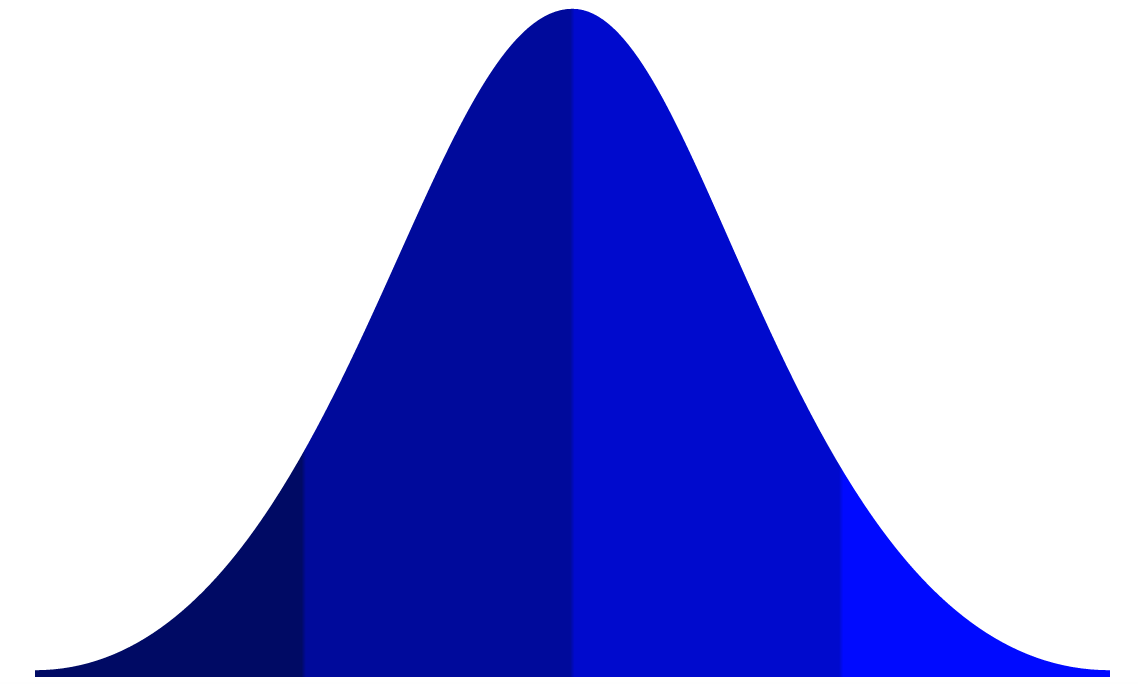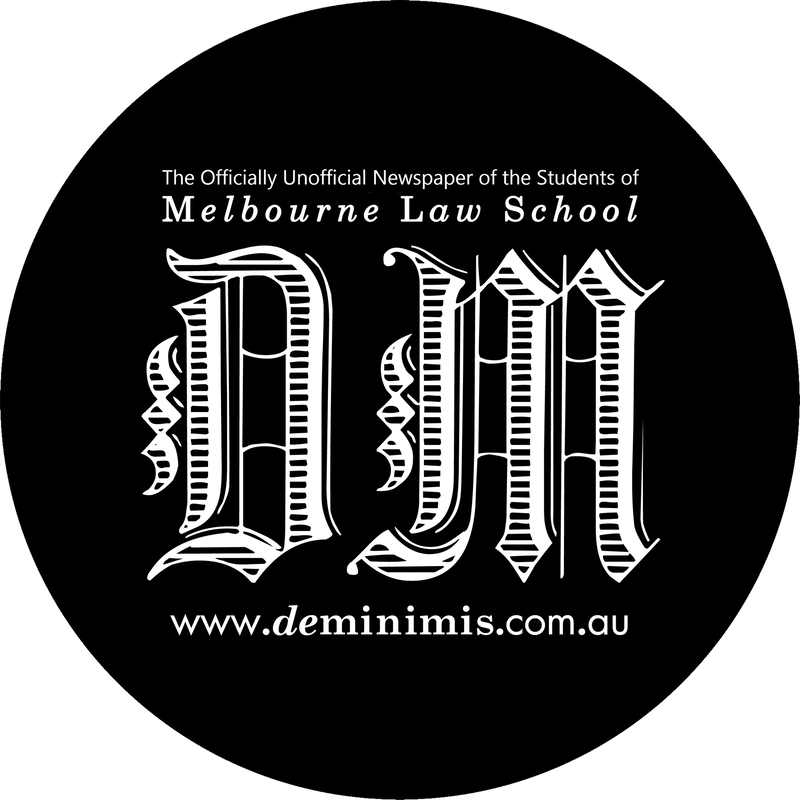|
RUBY BELL Vol 11, Issue 2 Melbourne Law School is the highest ranked law school in the country. One would think that the strict entry standards would be enough and that it could safely be assumed that all students here are highly capable in an academic environment. However, the law school still uses a bell curve grading system for all compulsory subjects and many elective subjects. Grading on bell curves creates a hyper competitive, zero sum environment where one student’s success is another student’s failure. The main aim for students is to be the best in their class, rather than to have the most enriching learning experience possible. It is well known that wellbeing is an issue at the law school. The vast majority, if not all, of students in the JD have come from being in the top of their class in their undergraduate studies. Except for a select few, most students are ranked far lower on the curve than they ever would have been in undergrad. This is sure to impact upon students’ self-esteem. However, self-esteem is not the only concern with bell curve grading. Economists Pradeep Dubey and John Geanakoplos conducted an analysis of different grading systems and concluded that forced grading curves create a disincentive to study. Anecdotally, study at Melbourne Law School is often a very personal, private activity. It is common for students to be secretive about their sources and unwilling to share ideas for fear of putting themselves at a disadvantage. University is supposed to be a place where ideas are discussed, debated, and cultivated. In an environment where one’s success depends on another’s failure, this is not possible. In 2016, the New York Times published an article titled Why We Should Stop Grading Students on a Curve. The author, a professor at The University of Pennsylvania, detailed how he had abolished curve grading and instead had taken steps to improve student cooperation. For the final exam, he allowed students to pick one question where, if they did not know the answer, they could nominate a classmate who they thought would know. If the classmate got the answer right, they both earned points. This created a learning environment where study groups were established and notes were shared. Average marks on the exam were 2 per cent higher than the previous cohort’s, and not because of the bonus marks. Class became collaborative instead of competitive. Melbourne Law School could perhaps benefit from such a system. The main outcome of education should be personal and professional enrichment. In a system where we are graded on a curve, it is not possible for more than one person to be the best. Melbourne Law School is an environment of high achieving students, but it need not be a hothouse where survival of the fittest prevails. Perhaps it is time for Melbourne Law School to rethink its grading policy and endeavour to create an atmosphere where ideas and students alike can grow and flourish. The rest of this issue
Ruby Bell is a second-year JD student
Educated guess
6/3/2017 11:05:23 pm
My understanding of the curve is that a large reason for why it exists is actually for the benefit of students. It ensures some of us do end up in the higher band of grades, because law professors are often notoriously hard markers and without the curve there would be far fewer people achieving a H1 standard.
Concerned
7/3/2017 10:21:31 pm
After reading this article the feeling I'm left with is complete confusion. How did you get through writing such a piece without once mentioning your surname...?
Eugene Twomey
7/3/2017 10:43:59 pm
Interesting article and some worthwhile questions. I'd be interested to get some comment from faculty as to what effect they think marking on a curve has on student outcomes. Comments are closed.
|
Archives
October 2022
|



